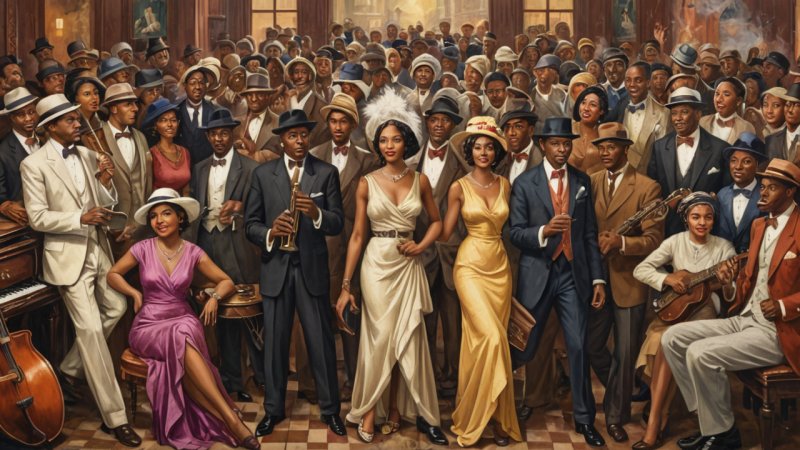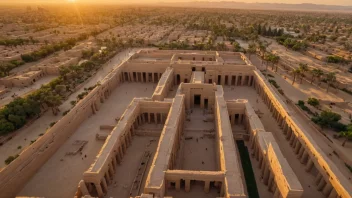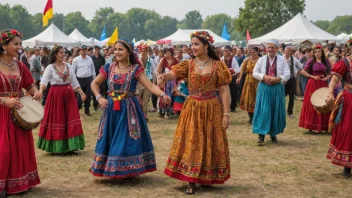The Harlem Renaissance, a cultural, social, and artistic explosion that took place in Harlem, New York, during the 1920s, was a significant movement that reshaped African American identity and cultural expression in the United States. This article will explore and compare two key aspects of the Harlem Renaissance: the literary contributions and the musical influences that emerged during this vibrant period. By examining the pros and cons of each, we can gain a deeper understanding of how these cultural expressions have shaped modern perceptions of African American culture.
Literary Contributions of the Harlem Renaissance
Literature during the Harlem Renaissance was characterized by a rich tapestry of voices that articulated the African American experience. Writers such as Langston Hughes, Zora Neale Hurston, and Claude McKay played pivotal roles in this literary movement, using their works to address themes of racial identity, social justice, and cultural pride.
Pros
- Diverse Voices: The Harlem Renaissance produced a plethora of literary styles and genres, including poetry, novels, and essays, each reflecting different perspectives of the African American experience.
- Social Commentary: Many authors used their platforms to challenge societal norms and advocate for civil rights, thus influencing future generations of writers and activists.
- Legacy and Influence: The literary works from this period laid the groundwork for subsequent movements, such as the Civil Rights Movement, by fostering a sense of cultural pride and identity.
Cons
- Commercialization: As the popularity of Harlem Renaissance literature grew, some works became commercialized, which sometimes diluted their original messages and artistic integrity.
- Limited Audience: Initially, access to these literary works was restricted, primarily reaching an audience within the African American community and a few outside of it, limiting their broader impact.
Musical Influences of the Harlem Renaissance
Music was another significant aspect of the Harlem Renaissance that contributed to its cultural legacy. Jazz and blues became synonymous with the era, with artists like Duke Ellington, Louis Armstrong, and Bessie Smith leading the charge. These genres not only entertained but also served as forms of expression for the struggles and joys of African Americans.
Pros
- Innovative Styles: The Harlem Renaissance was marked by the birth of new musical styles and techniques, which have influenced countless genres, including rock, pop, and hip-hop.
- Cultural Fusion: The blending of African rhythms with European musical forms created a unique sound that celebrated African American culture and heritage.
- Global Impact: Jazz, in particular, transcended racial and geographical boundaries, becoming a global phenomenon that introduced international audiences to African American artistry.
Cons
- Commercial Exploitation: Similar to literature, the commercialization of jazz and blues sometimes led to the dilution of their cultural significance, as artists were pressured to conform to market demands.
- Misrepresentation: The mainstream portrayal of jazz and blues often overshadowed the contributions of African American musicians, leading to a lack of recognition for their artistic achievements.
Comparative Analysis of Literary and Musical Contributions
Both literary and musical contributions of the Harlem Renaissance played vital roles in shaping African American culture, yet they did so in different ways. Literature focused more on articulating the complexities of identity and social justice, while music provided an emotional outlet and a means of cultural expression.
Impact on Society
Literary works often stimulated intellectual discourse and encouraged social change, whereas music provided a means of communal celebration and resilience. While literature challenged societal norms, music celebrated cultural heritage, creating a dynamic interplay between the two.
Longevity and Evolution
Literature from the Harlem Renaissance continues to be studied and celebrated in academic circles, influencing contemporary writers. In contrast, the musical styles birthed during this era have evolved and diversified, birthing new genres and remaining integral to popular culture.
Accessibility and Reach
Literature often required a certain level of education and access to written forms, whereas music, especially in live performance, reached wider audiences. The advent of radio and recording technology allowed jazz and blues to penetrate homes and communities far beyond Harlem.
Conclusion
The Harlem Renaissance remains a pivotal moment in American history, with its literary and musical contributions leaving indelible marks on culture. While literature provided profound insights into the African American experience and catalyzed social change, music celebrated identity and resilience, creating a rich cultural tapestry that continues to influence society today. In recognizing the pros and cons of both forms, we can appreciate the multifaceted impact of the Harlem Renaissance and understand its ongoing relevance in contemporary discussions of race, identity, and cultural expression.






